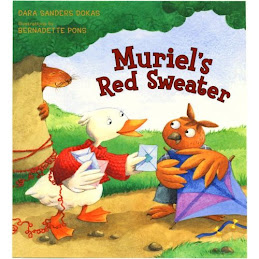
This weekend, I will be attending the Midwest Booksellers Association (MBA) Trade Show in St. Paul. This annual event is geared for independent bookstores in 9 1/2 Midwest states. (I say 1/2 because MBA includes stores from the Upper Peninsula of Michigan, but apparently not the Lower Peninsula.) The Trade Show/Conference has workshops for independent booksellers, publisher booths with their forthcoming books, award events, and opportunities to meet many adult and children's authors.
As a children's author, I feel it's imperative to meet other children's authors, especially those who you admire, if at all possible. Going to writer's conventions and attending book signings are two ways to do this. Another way is to work at a bookstore and go to MBA.
I will be attending MBA as a bookseller, but I will be wearing two "hats." As a bookseller, I will meet sales reps and look at upcoming books. As an author, I will be meeting other authors, listening to their stories, and snapping up copies of their books.
Some of the children's authors I hope to meet at MBA include: Neil Gaiman (photo above), M.T. Anderson, Patricia C. Wrede, Maggie Stiefvater, Loren Long, Catherine Gilbert Murdock and Cynthia Rylant.
I also hope to see children's authors I have met before including: Marion Dane Bauer, Kate DiCamillo, and Kathy-jo Wargin.
Attending an event like MBA is a big perk of working at a bookstore. (Of course, it's only one of many perks:) But, it's a good one - not only as a bookseller, but also as an author.



